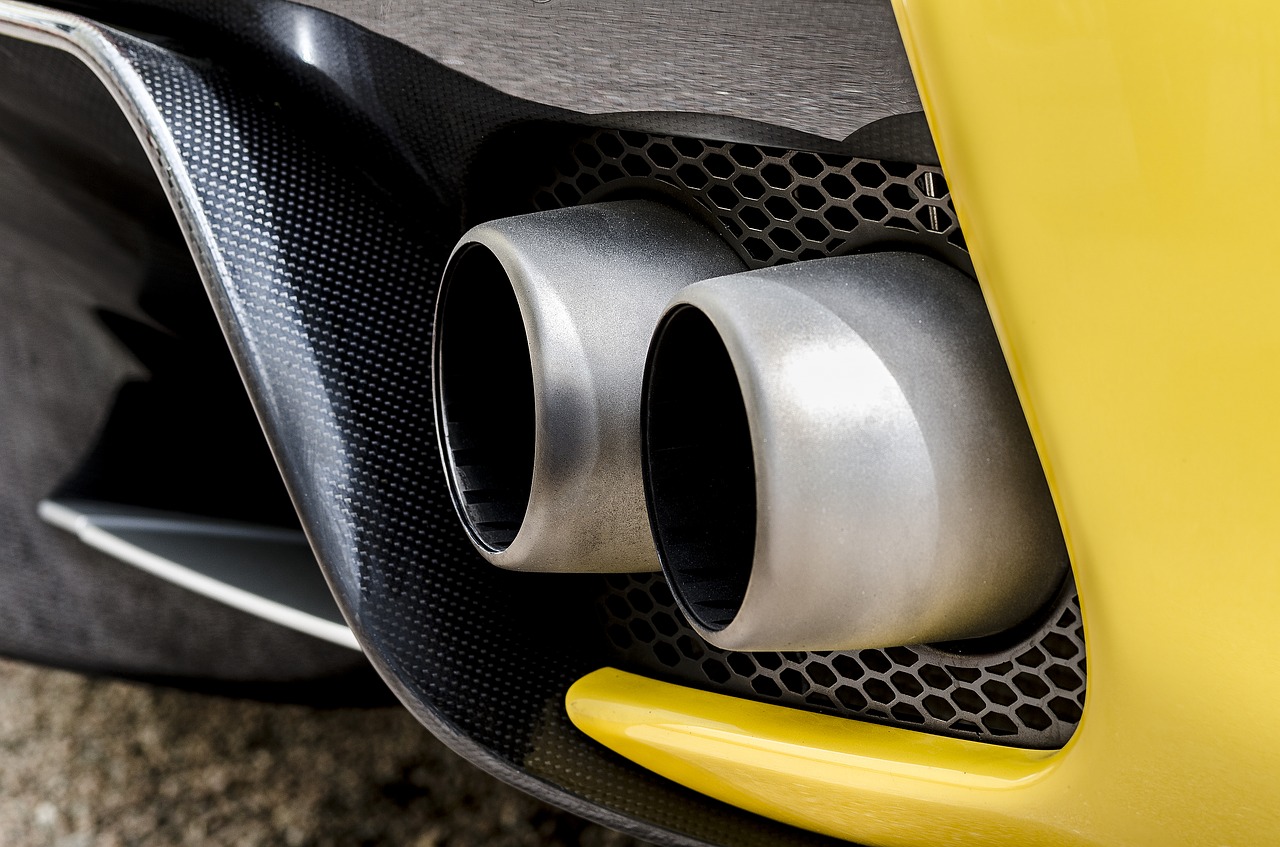Not every part of automobiles is as straightforward as the windshield wipers. One of the key parts of car health is the exhaust system. An exhaust system that is well maintained helps maximize both power and fuel efficiency for a vehicle. Even more important is the fact that the exhaust system funnels poisonous gasses away from the driver and passengers so that they exit the back of the vehicle safely.
If your system is not working properly, these fumes may end up in the cabin and could have serious health ramifications. If you drive, you should have at least a rudimentary understanding of how your exhaust system works so you can troubleshoot problems or at least identify when you might need some professional assistance.
Below is a quick guide on what happens to exhaust as it passes through the system, as well as some of the warning signs that there could be a problem.
Starting the Exhaust Process at the Vehicle’s Manifold
The exhaust process begins in the manifold, which is where the waste products of a combustion engine are collected. These waste products include not just fumes, but also heat and sound waves. The manifold works to reduce sound, contain heat, and collect fumes so that the engine runs quietly without giving off excessive odors.
Virtually all vehicles manufactured after 1980 will have an oxygen sensor in the exhaust manifold. This sensor lets the vehicle’s central computer know how much unburned oxygen is being released from the engine, which feeds back to the injector for adjustments. Ideally, no excess oxygen remains after the combustion process.
In the exhaust manifold, emissions are in their hottest and most toxic state. Because the manifold deals with such heat, it is very vulnerable to damage. If you notice a lot of noise, fuel efficiency that is suddenly decreased, or even new vibrations from the driver’s seat, it is possible that the manifold has cracked. You may also feel these vibrations in the steering wheel or gas pedal.
When you notice one of these problems, it is important to get the vehicle checked out as soon as possible: it could mean toxic fumes are leaking. These leaks are dangerous to you, passengers, and the environment, and they need to be addressed as quickly as possible.
Moving from the Manifold to the Catalytic Converter
Once the fumes pass through the manifold, they pass to the catalytic converter. Here, many of the harmful chemicals in the fumes, such as carbon monoxide, hydrocarbons, and nitrous oxide, are converted to water and carbon dioxide.
The catalytic converter was developed to reduce pollutants generated by vehicles, but it also helps reduce the amount of harmful fumes that people inhale when they are in and near a combustion engine. Emissions testing was largely created to ensure that these converters are working properly and that vehicles are not posing too great a threat to environmental or human health.
For the most part, catalytic converters do not break unless they are in an older vehicle. The device is basically a piece of ceramic plating. This ceramic can disintegrate over time, which will make a loud sound sort of like rocks shaking around in a metal tin.
If you hear this sound, it is important to address it rather than simply ignoring it. This is because the pieces of ceramic could get stuck in your exhaust system, which is very expensive to fix. The catalytic converter itself contains some rare elements and can be expensive to replace, so it is important not to drive the bill up even higher than it needs to be.
Passing through the Muffler and out the Tailpipe
From the catalytic converter, exhaust moves through the muffler, which was created to minimize the noise associated with exhaust. This device basically acts like a resonance dampener, which forces sound waves to bounce around in the box until they cancel each other out.
If you have a problem with your muffler, you will start to hear a lot more noise associated with your exhaust, especially when you accelerate and then travel at high speeds. The problem with muffler damage is that it could also involve a leak of fumes. Even though the catalytic converter has filtered out much of the most damaging particles, the exhaust could still damage your health at this point, so it deserves some quick attention.
Finally, the exhaust exists the tailpipe, which is a long metal tube that guides the fumes to the back of the vehicle. Unfortunately, the joints and connectors that form this metal tube are vulnerable to corrosion, so they are often implicated in exhaust system problems.
However, corroded joints can typically be replaced rather easily provided that they are not left to eat into the rest of the metal. Just as with the muffler, any breaks in the pipe can cause fumes to leak into the cabin, so it is a good idea to address the issue quickly. Typically, you will hear a strange noise if a joint becomes corroded.
